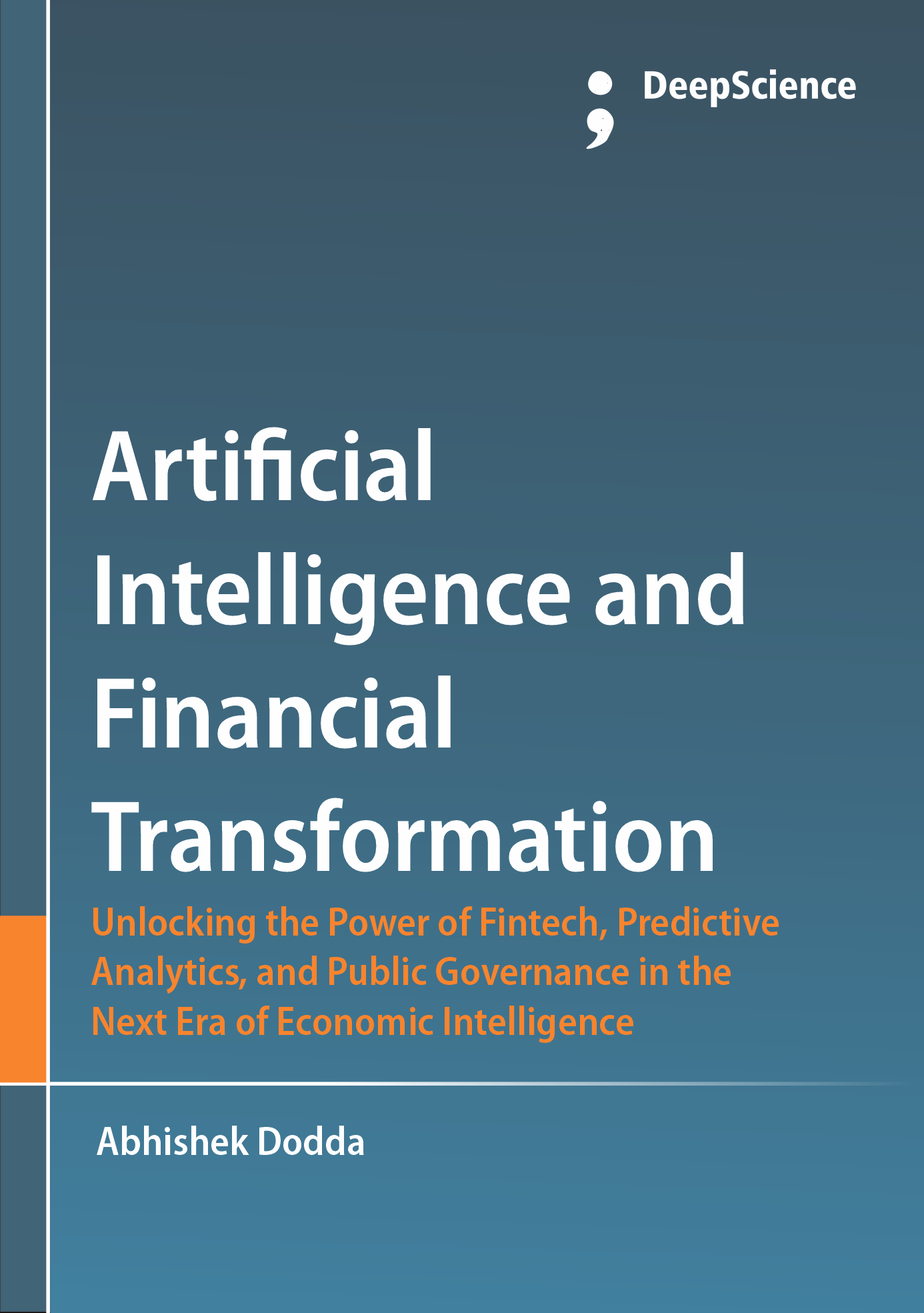Driving public sector innovation with generative artificial intelligence for services, compliance, and efficiency
Synopsis
The digital transformation of the public sector was accelerated by the COVID-19 pandemic, which acted as a catalyst for change. Governments rapidly shifted to online service delivery as the pandemic left much of the world in lockdown, and this momentum towards digitalization is set to continue. Building on the lessons learned during the pandemic to further drive innovative change, the continued digital transformation of government can, and must, also include advances in artificial intelligence technologies (Carrasco et al., 2023; Androniceanu, 2024; Johnson & Morales, 2024).
At the close of 2022, artificial intelligence, in the form of generative AI technologies, has captured the attention of audiences everywhere. Software products leveraging artificial intelligence to generate content in various forms are suddenly all around us. The speed of adoption of generative AI technologies has stunned pundits, rivals, and AI experts alike. Generative AI tools – while still in their infancy – allow users to create content in formats both new and familiar, making use of either text prompts or some blending of prompts with user-provided images. Audiences have just begun to contemplate the positive attributes of generative AI tools or indeed the socio-technical implications, good and bad, of technology that, for better or worse, creates content that looks like it was authored by a human. And yet, at the close of 2022, the question sitting most prominently in forethought is whether generative AI tools can – and will - act as platforms on which society can build revolutionary new applications for creativity and communication, pushing the limits of innovation and new product development further than it has ever been in the past (Kulal et al., 2024; Yoon, 2024; Smith & Kumar, 2023).












